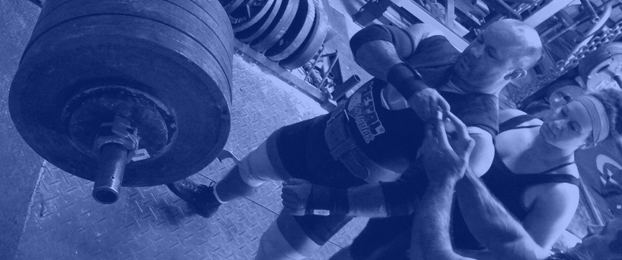
A noted sports columnist in the San Diego area lamented the fact that one of the state universities was unable to field a championship women’s volleyball team (they already dropped the men’s program even though it was the only program to bring in an NCAA championship). According to the athletic director, midwest universities such as Nebraska are developing great teams because they have the money to buy the best players. The state universities, on the other hand, do not have this kind of money to spend and thus are unable to compete on the same level. In addition, even though they have scholarships available, they do not have sufficiently large recruiting budgets to get the players that they want.
These tales are not new. We read about them on a regular basis not only in collegiate athletics but also in professional sports. For example, in professional baseball, teams that are considered small market teams constantly lament the fact that they do not have enough money to buy the best players to field a competitive team. Thus, money and recruiting are necessary if the team can’t significantly improve player’s performances.
Most coaches believe that a player is only as good as you find him at the moment (i.e., his present statistics). Therefore, it is necessary to keep seeking the best players to have the best team. However, we read about strength and conditioning coaches, personal trainers, and others who supposedly are responsible for not only improving a player’s performance but for making the player a star. Do these people really improve the athletes’ playing ability or performance? Or do they simply improve the athletes’ statistics on what he or she can do in weightlifting or in some other tests? Most impressive seems to be how much the player can bench or squat or how fast he can run in the 40- or 60-yard dash. We can even read about these athletes in newspapers and magazines such as Sports Illustrated, Muscle & Fitness, and Men’s Fitness. They have pages devoted to the best “conditioned” athletes or athletes with the best body build.
We do not, however, see the great improvement in performance that supposedly these athletes are capable. If these athletes were truly capable of greater performances, there would be less of a need for recruiting. Yet, the need for more money and more recruiting keeps increasing. This indicates that we are not seeing improved performances. Thus, we have a paradox. Great players usually score high on tests of strength, speed, and quickness, but if an athlete scores well on a test, does it mean that he is or will be a great player? Great players usually score well but just because one scores well does not mean he is a great player!
Because of the constantly increasing need for more money and recruiting, there appears to be little substantiation for improved performances. If this is not true, where is the data showing improvement from year to year, not merely in physical tests but in game performance? For example, how much was the player’s speed improved, and what was he now capable of doing that he couldn’t do before? How much higher was the player capable of jumping, and how did it affect his game play? Was the athlete now capable of executing more and better jump shots, rebounds, blocks, or spikes or getting more passes? How many more hits, steals, or points did the athlete achieve to improve his game? This is the proof of improvement, not how well they did on a test!
For more information read, Sports: Is It All B.S.? and Build a Better Athlete.








